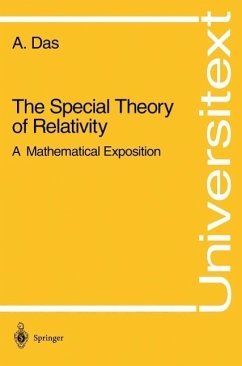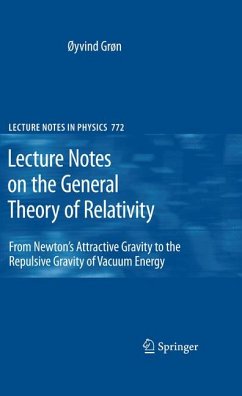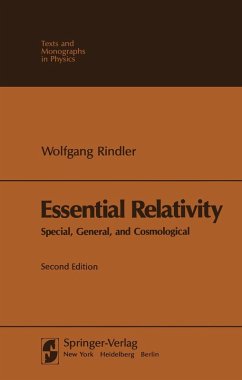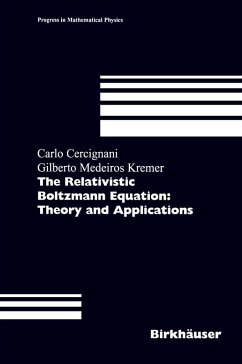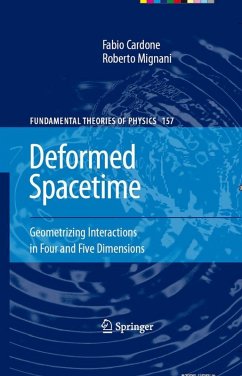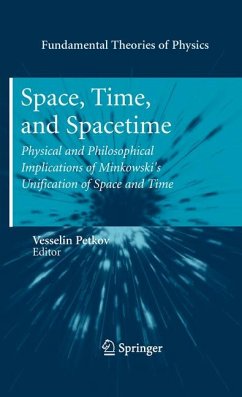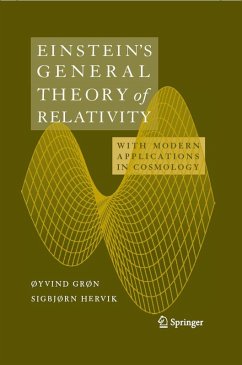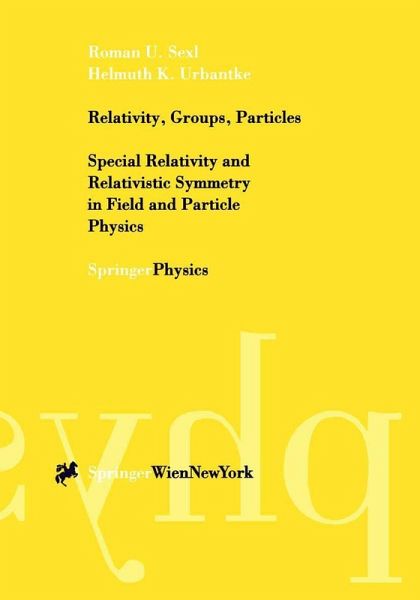
Relativity, Groups, Particles (eBook, PDF)
Special Relativity and Relativistic Symmetry in Field and Particle Physics
Übersetzer: Urbantke, H. K.
Versandkostenfrei!
Sofort per Download lieferbar
Statt: 80,24 €**
60,95 €
inkl. MwSt.
**Preis der gedruckten Ausgabe (Broschiertes Buch)
Alle Infos zum eBook verschenkenWeitere Ausgaben:

PAYBACK Punkte
30 °P sammeln!
Like many textbooks, the present one is the outgrowth of lecture courses, mainly given at the University of Vienna, Austria; on the occasion of the English edition, it may be mentioned that our first such lecture course was delivered by my late co author, Roman U. Sexl, during the fall and winter term 1967-68 in the USA-more precisely, at the University of Georgia (Athens). Since then, Particle Physics has seen spectacular revolutions; but its relativistic symmetry has never been shaken. On the other hand, new technological developments have enabled applications like the GPS (Global Positionin...
Like many textbooks, the present one is the outgrowth of lecture courses, mainly given at the University of Vienna, Austria; on the occasion of the English edition, it may be mentioned that our first such lecture course was delivered by my late co author, Roman U. Sexl, during the fall and winter term 1967-68 in the USA-more precisely, at the University of Georgia (Athens). Since then, Particle Physics has seen spectacular revolutions; but its relativistic symmetry has never been shaken. On the other hand, new technological developments have enabled applications like the GPS (Global Positioning System) that, in a sense, brought Relativity to the domain of everyday use. The purpose of the lecture courses, and thus of the book, is to fill a gap that the authors feel exists between the way Relativity is presented in introductory courses on mechanics and/or electrodynamics on the one hand and the way relativistic symmetry is presented in particle physics and field theory courses on the other. The reason for the gap is a natural one: too many other themes have to be addressed in the introductory courses, and too many applications are impatiently waiting for their presentation in the particle and field theory courses.
Dieser Download kann aus rechtlichen Gründen nur mit Rechnungsadresse in A, B, BG, CY, CZ, D, DK, EW, E, FIN, F, GR, HR, H, IRL, I, LT, L, LR, M, NL, PL, P, R, S, SLO, SK ausgeliefert werden.



